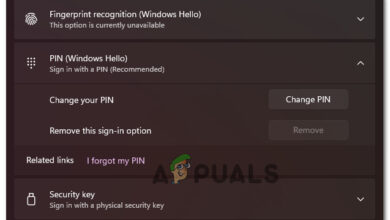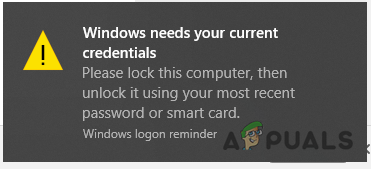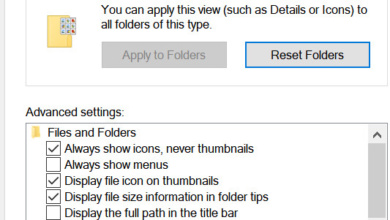How to Password Protect the Screensaver in Windows 10?
The Screensaver is a program that runs a moving picture or pattern on the monitor screen after the user is not active on the PC for a specific period of time. This was used to prevent damage to the older monitors. It also has an option that displays the logon screen on resuming the screensaver. Some users may want to lock their system when they are away for a specific period of time. It will show the screensaver and after a few seconds, it will lock the computer. In this article, we are going to provide you some methods through which you can enable and disable screensaver password protection.
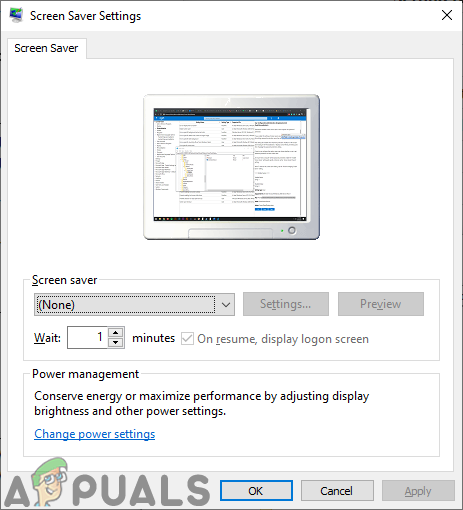
Method 1: Using the Screensaver Settings
This is the common and the default method for enabling screensaver protection. The option can be found in the screensaver settings in Windows. This will work when the screensaver is set by the user. The screen will not lock when the user moves the mouse right after the screensaver starts. It takes a few seconds before the screen can be locked on your system. Check the below steps to set screensaver password protection:
- Hold the Windows key and press I to open the Windows Settings app. Now click on the Personalization settings.
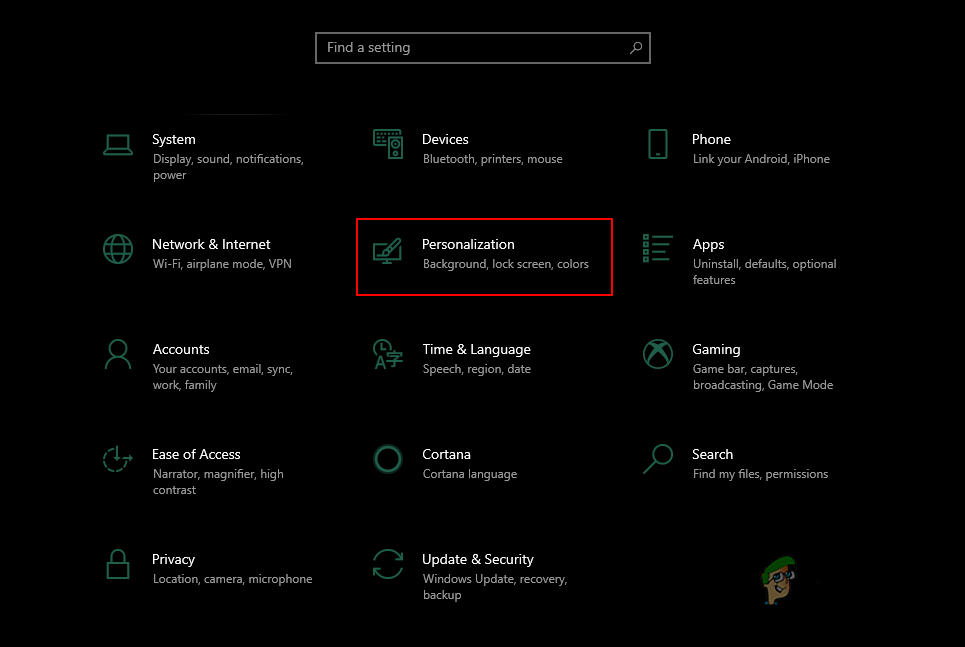
Opening the Settings app - On the left pane, click on the Lock Screen and scroll down to the bottom. Now click on the Screen saver settings option.
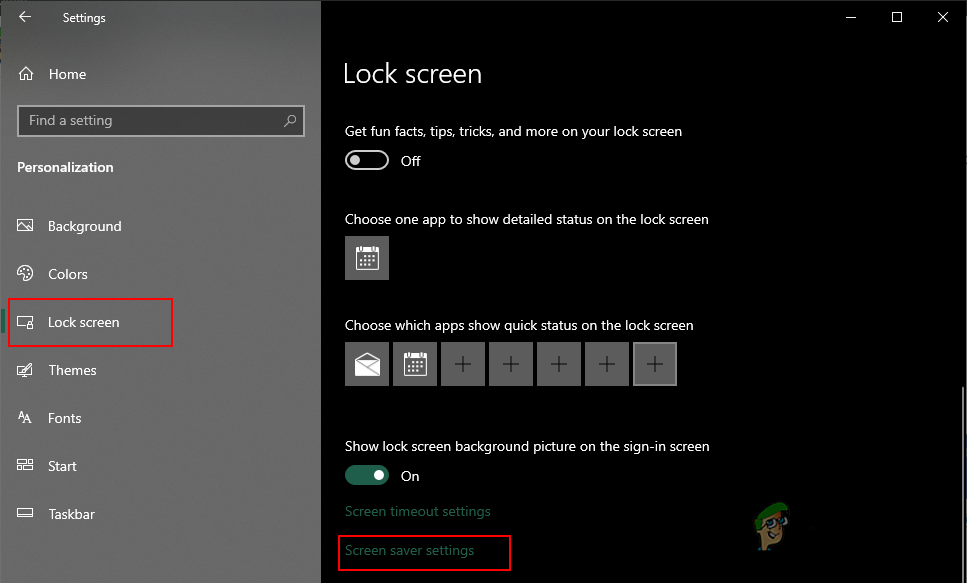
Opening Screensaver settings - Now you can set the Screensaver and check the “On resume, display logon screen” option. You can enable and disable the Screensaver protection from here.
Method 2: Using the Local Group Policy Editor
The Group Policy is a Windows feature that contains different types of settings for your operating system. By using the Group Policy Editor, you can enable and disable the screensaver password protection. It will also grey out the check box, so the standard users will be unable to change it without administrator rights.
If your system is running a Windows Home operating system, then skip this method and try using other methods. However, if your system is already equipped with Group Policy Editor, then follow the below steps:
- Press the Windows + R key together on your keyboard to open a Run dialog. Now, you need to type “gpedit.msc” and press the Enter key or click on the Ok button. The Local Group Policy Editor window will open up on your system.
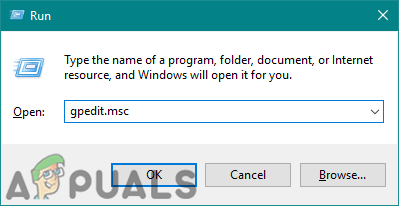
Opening the Local Group Policy Editor - In the Local Group Policy Editor window, go to the following path:
User Configuration\ Administrative Templates\ Control Panel\ Personalization\
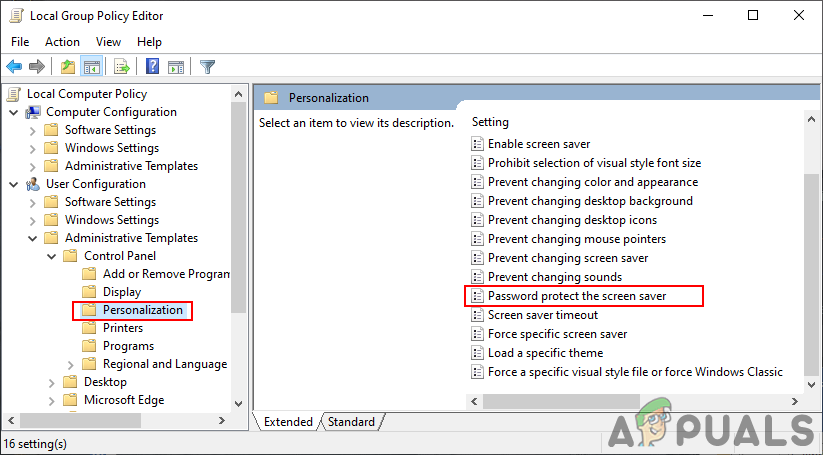
Navigating to the setting - Now double-click on the policy named “Password protect the screen saver” and it will open another window. Then change the toggle option to Enabled as shown in the screenshot.
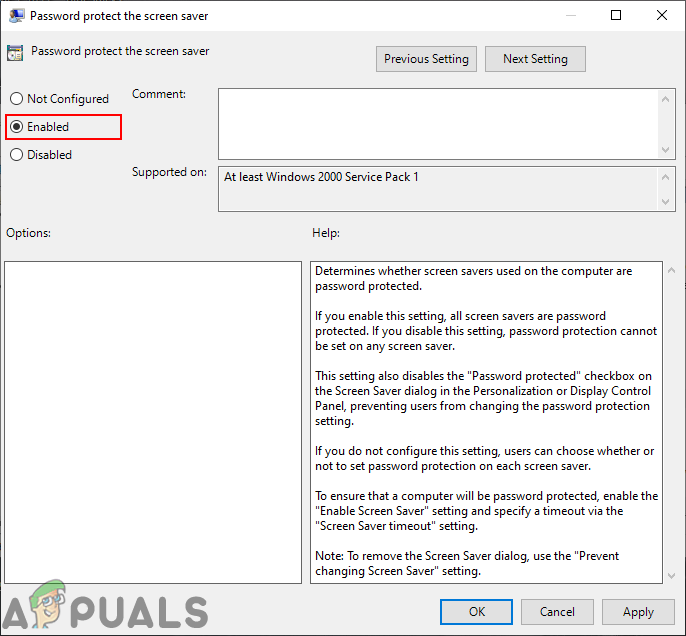
Enabling the setting Note: You can disable and grey out the password protection setting by choosing the Disabled option.
- After that, click on the Apply and Ok buttons to save these changes.
- Most of the time the Group Policy will automatically update the changes. If not, then you have to force the update for the group policy.
- Search for Command Prompt in the Windows search feature and run it as an administrator. Now type the following command in Command Prompt (Admin) and press the Enter key to run it. This can also be done by simply restarting the system.
gpupdate /force
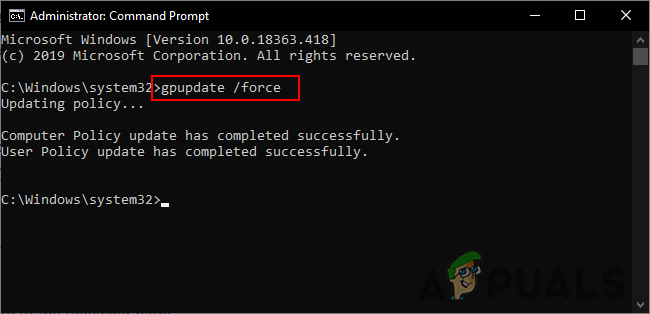
Force updating group policy - You can revert back to the default setting by changing the toggle option to Not Configured in step 3.
Method 3: Using the Registry Editor
Another method to configure and grey out the screensaver password protection setting is by using the Registry Editor. The Windows Registry is a database that stores all the information about the operating system and applications. If you already used the Group Policy Editor method, then the Registry will automatically be configured for the same setting. However, if you are using this method directly, then you need to configure it manually. There will be some keys and values missing to configure the setting.
We have also provided a step for creating a Registry Backup in the below steps. You can choose to create a backup or skip creating a backup, it’s up to you.
- Open the Run dialog box by pressing the Windows and R keys together on your keyboard. Then, you need to type “regedit” in the box and press the Enter key or click on the Ok button to open the Registry Editor. If you get the UAC (User Account Control) prompt, then just click on the Yes button.
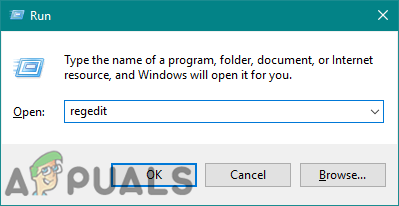
Opening the Registry Editor - To create a Registry backup before making new changes, click on the File menu and choose the Export option in the context menu. Set the name and path for the file. Finally, click on the Save button to complete the process of making a Registry backup.
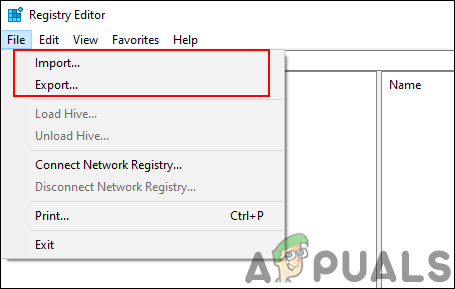
Creating a Registry Backup Note: To restore a registry backup, you can click on the File menu and choose the Import option. Now just choose the backup file that you recently created.
- Head over to the following location in the Registry Editor window:
HKEY_CURRENT_USER\Software\Policies\Microsoft\Windows\Control Panel\Desktop
Note: If the Desktop key is missing, just right-click on the Control Panel key and choose the New > Key option. Then name that newly created key as “Desktop“.
- Right-click on the right pane of the Desktop key and choose the New > String Value option. Then rename the value as “ScreenSaverIsSecure” and save it.
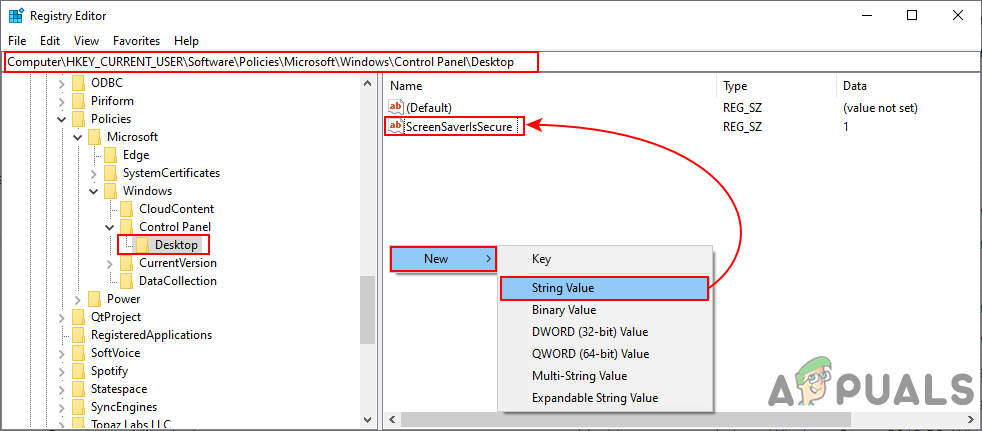
Creating a new value - Double-click on the ScreenSaverIsSecure value and it will open a small dialog. Now change the value data to 1 to enable the Screensaver Protection.
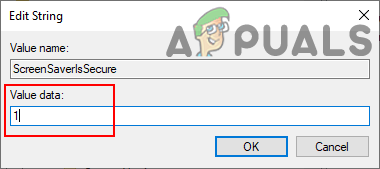
Changing the value data Note: To disable the protection and grey out option, set the value data to 0.
- Finally, close the Registry Editor window, and restart the system to apply these new changes.
- You can always revert back to the default setting by removing the value from the Registry Editor.


